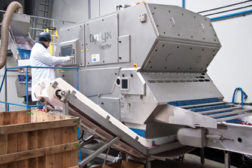Food Defense Systems
Staff vigilance: The first line of food defense
Facing mandates to safeguard against deliberate contamination, food companies walk a fine line between implementing effective defenses and creating an uncomfortable workplace.
Read More


